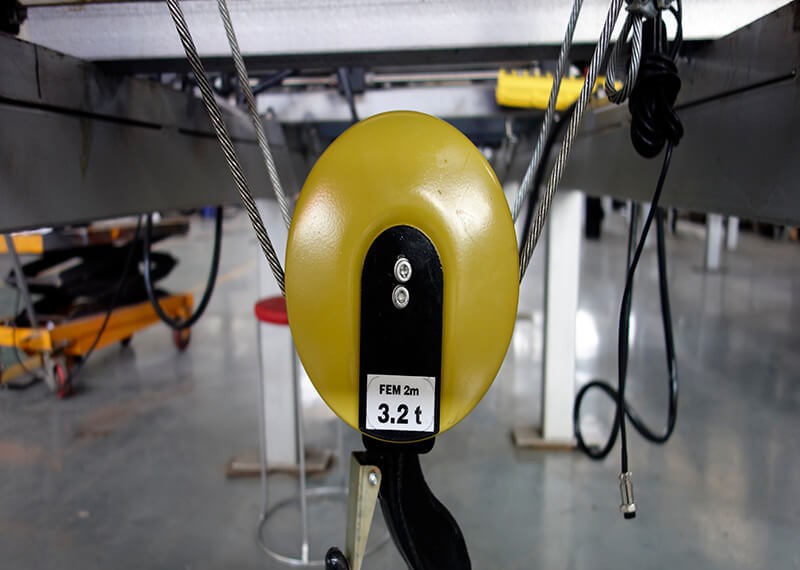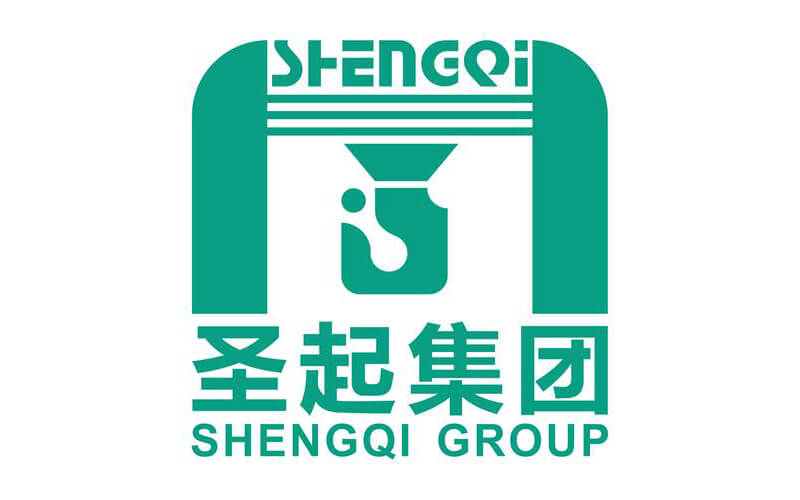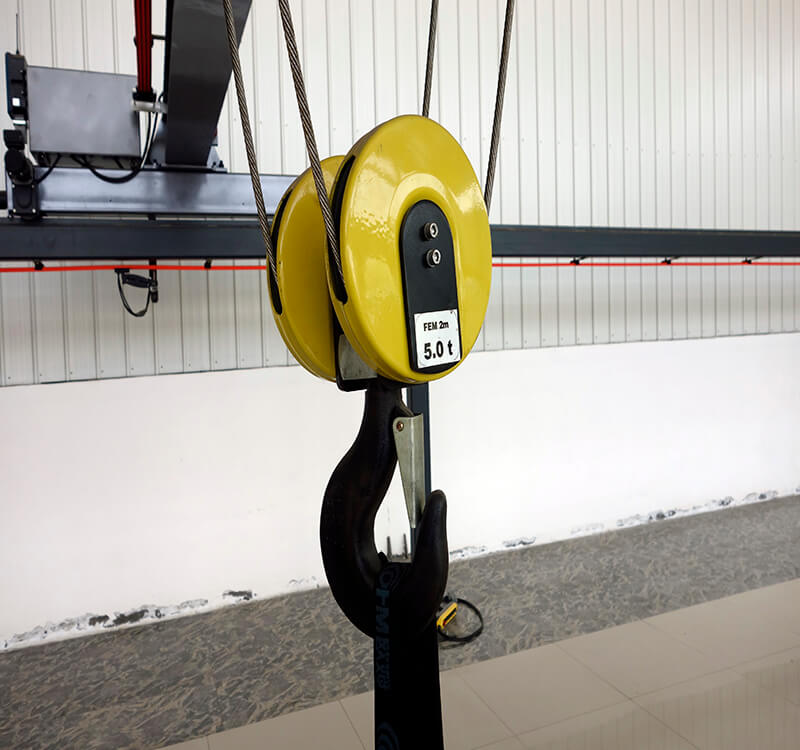
How to prevent the crane from tipping over?
1. The road on which the crane travels must be flat, solid, and reliable. The parking place must be flat.
2. The crane must not be parked on a ramp to work. It is not allowed for the two crawler tracks or outriggers of the crane to stay in one high and one low position, or the soil quality is one hard and the other soft.
3. When lifting components, the slings should be kept vertical and must not be pulled obliquely beyond the gyration radius of the crane to avoid overloading and the wire rope from slipping off or breaking the rope and causing the crane to lose stability. Pull ropes should be set when lifting heavy components.
4. During the operation of the hoisting crane, the boom shall be lifted, lowered, and rotated smoothly and shall not be shaken in the air. At the same time, emergency braking or shock vibration shall be avoided as much as possible. It is strictly forbidden to overload cranes without taking reliable technical measures and without the approval of relevant technical departments to avoid accelerating the wear of mechanical parts and causing the crane to tip over.
5. The crane should try to avoid running at full load; it is strictly forbidden to carry out both lifting and slewing (lifting and horizontal rotation or lifting and walking) at full load or close to full load to avoid overloading of the crane due to uneven roads or inertial forces. And lead to a rollover accident.
6. When two hoisting machines are operating at the same time, a safe distance of more than 5m should be maintained between the suspended members of the hooks of the two machines to avoid collision accidents.
7. When lifting components with two cranes, reasonable load distribution should be carried out according to the lifting capacity of the cranes (the weight of the crane should not exceed 75% of the total allowable lifting weight of the two cranes. The load of each crane should not exceed 80% of its safe load. %). During the hoisting operation, the actions must be coordinated to lift and move at the same time under the unified command, and the hooks and block blocks of the two cranes should be basically kept in a vertical state. The drivers of the two cranes must cooperate closely with each other to prevent one crane from losing weight and overloading the other crane.
8. When hoisting, there should be a special person responsible for unified command. The commander should be located in a place where the operator can see and can clearly see the whole process of hoisting. The crane driver must be familiar with the signal and operate according to the various signals of the commander; the command signal should be uniformly stipulated in advance that the signal sent out must be clear and accurate.
9. It is forbidden to carry out crane movement and hoisting operations in the open air when the wind force is equal to or greater than level 6.
10. When the hoisting crane stops working, the slewing and running mechanism should be braked and the cab door should be locked. No components should be hung on the hook and should be raised to a high place to avoid swinging and injuring people and causing crane instability.



